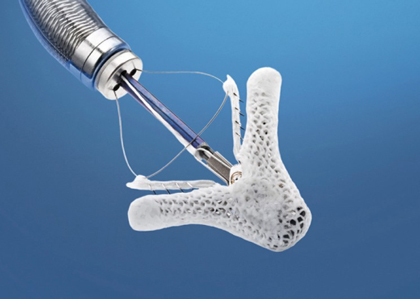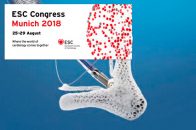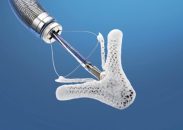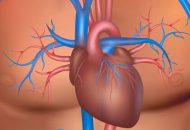Courtesy of Dr. Adolfo Ferrero. INTRODUCCION: In patients with chronic heart failure and reduced left ventricular ejection fraction, severe secondary mitral valve regurgitation is associated with bad prognosis. Whether percutaneous mitral valve repair improves clinical results in this patient population, remains unclear, despite prior multicenter studies supporting this view. METHODS: Patients with severe secondary mitral…
ESC 2018 | MITRA FR: Testing MitraClip for Secondary Mitral Regurgitation
Courtesy of Dr. Carlos Fava. In secondary mitral regurgitation, mitral-valve leaflets and chordae are structurally normal and mitral regurgitation results from alterations in left ventricular geometry and function. At present, prognosis is based on ventricular function and the regular course of action is optimal medical treatment. Even though some studies have shown edge-to-edge percutaneous repair…
SOLACI-SOCIME 2018 | Multivascular PCI
Read articles on the main presentations of the first day of SOLACI-SOCIME 2018 Congress. See the presentation by Dr. Jorge Saucedo, entitled “Multivascular PCI”. We are interested in your opinion. Please, leave your comments, thoughts, questions, etc., below. They will be most welcome.
SOLACI-SOCIME 2018 | TAVI in a low risk patients
Read articles on the main presentations of the first day of SOLACI-SOCIME 2018 Congress. See the presentation by Dr. José María Hernández, entitled “TAVI in a low risk patients”. We are interested in your opinion. Please, leave your comments, thoughts, questions, etc., below. They will be most welcome.
ESC 2018 | FRANCE-TAVI: Atrial Fibrillation and Anticoagulation Associated to Mortality in TAVR
Some of the many ongoing randomized studies including patients with atrial fibrillation (AF) might finally answer the question on the best antithrombotic scheme post TAVR. According to this registry, in patients undergoing transcatheter aortic valve replacement, independent predictors of death at 3 years are being a man, having moderate to severe kidney failure, and having…
Balloon Mitral Valvuloplasty at Very Long Term
With a mean follow up of 15 years, and some patients that survived over 20 years, this study shows that more than 75% of patients with rheumatic mitral stenosis show sustained results with balloon valvuloplasty. Predictors of this excellent long-term outcome are many, but they are determined mainly by age, prior symptoms and valve area…
More Evidence For MitraClip in High Risk Patients with Severe Tricuspid Regurgitation
Courtesy of Dr. Carlos Fava. Tricuspid regurgitation (TR) has a negative impact in the long run. Several reports have shown that, in high risk inoperable patients, transcatheter edge-to-edge valve repair with MitraClip is feasible, safe and has good results, but there is still a long way to go. The present study looked at 24 consecutive…
Gradient vs. Flow to Determine Aortic Valve Stenosis Severity before and after TAVR
Pressure loss vs. flow curves offer a fundamental synthesis of fluids dynamics in describing aortic valve physiopathology. Severe aortic stenosis is not just an orifice (as suggested by Gorlin) or a segment that offers dynamic resistance. However, once a new transcatheter valve has been implanted, it will behave purely as a resistor. At dobutamine dose,…
More Favorable Evidence for TAVR in Severe Aortic Regurgitation
Courtesy of Dr. Carlos Fava. Transcatheter aortic valve replacement (TAVR) was developed for aortic stenosis, but there is a significant number of patients with severe aortic regurgitation who still undergo this procedure as an off-label indication. Current evidence for this procedure in relation with this disease is growing, mainly due to good results obtained by different…
Far from a Being a Pun, Malnutrition Tips the Scales in TAVR
Nutritional status is associated with higher mortality in elderly patients with severe aortic stenosis who require valve replacement, whether through conventional surgical strategy or transcatheter aortic valve replacement (TAVR). Malnutrition is obviously associated with frailty. As an advantage, it can be quite evident to our clinical eye and weighing scales are enough to define it.…
Post-Dilation in Valve-in-Valve Implantation Offers Hemodynamic Improvement
Courtesy of Dr. Carlos Fava. A significant number of patients present severe aortic stenosis and undergo surgery with 19-to-21-mm bioprostheses. These patients frequently evolve with high gradients and receive Valve-in-Valve (ViV) implantation. In about a third of patients with high post-procedural gradient (≥20 mmHg), this has been associated with poor outcomes. This study analyzed 30 patients who underwent…










